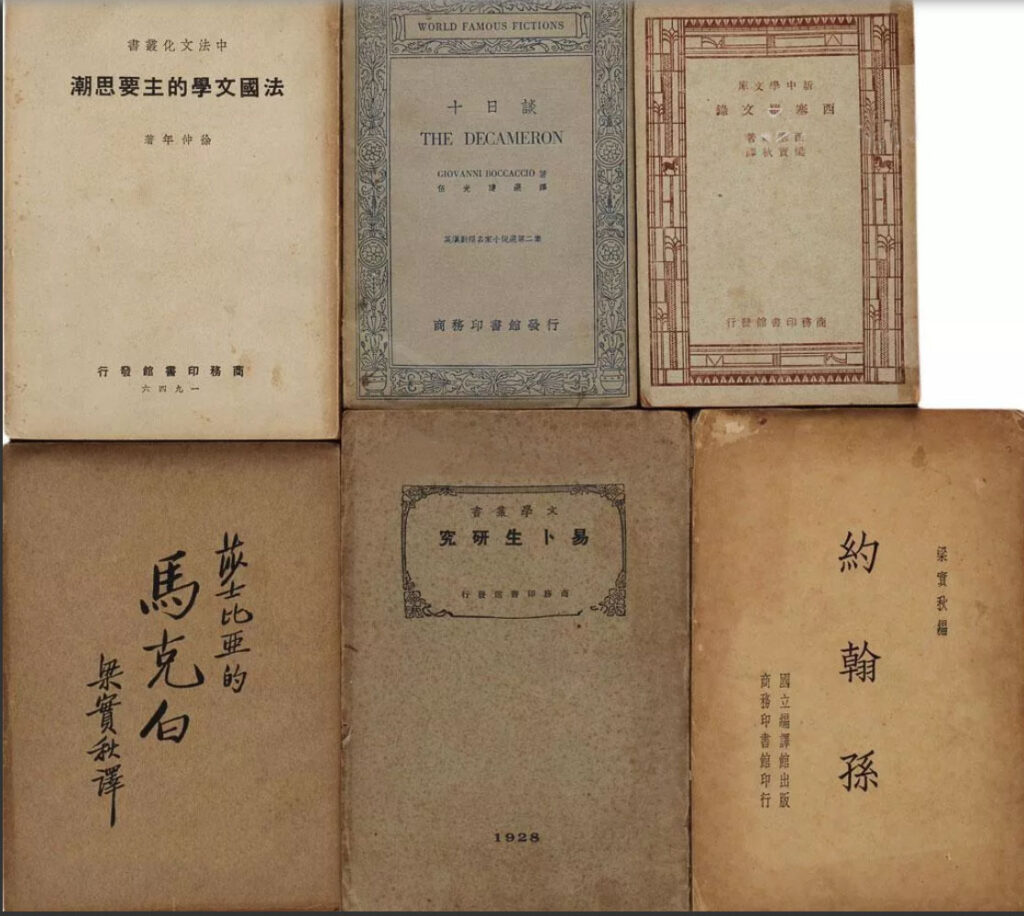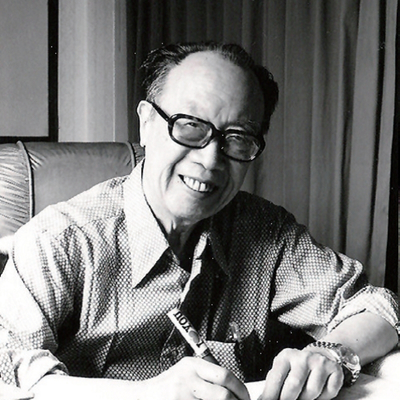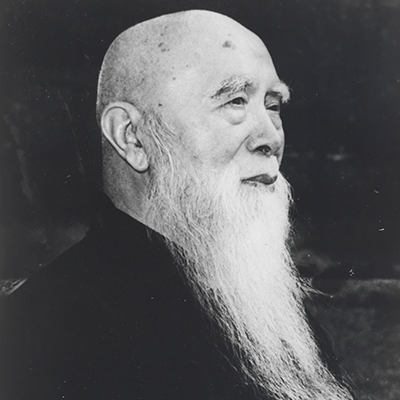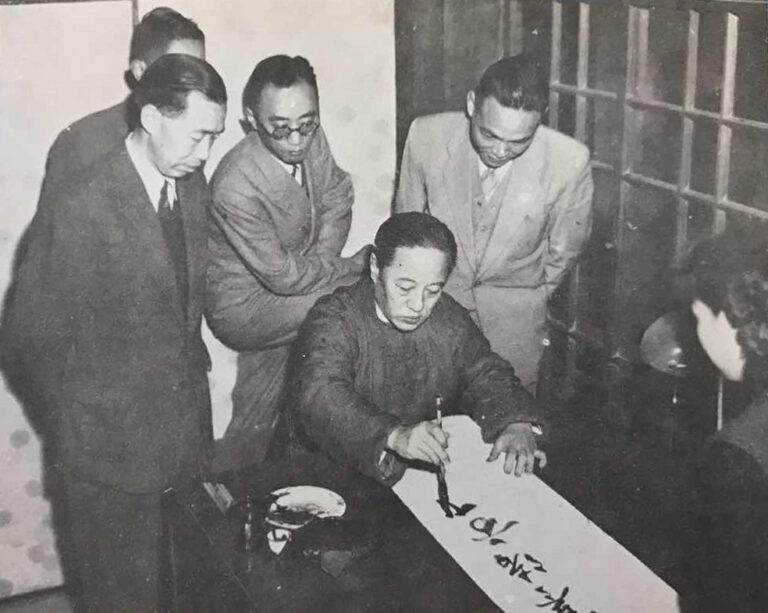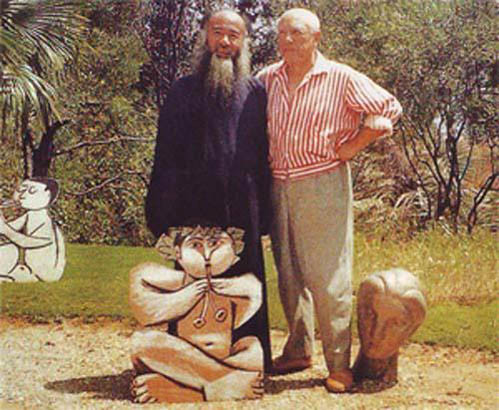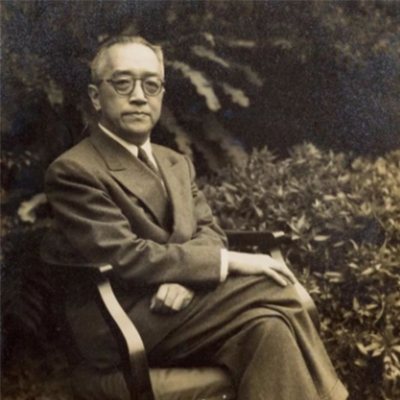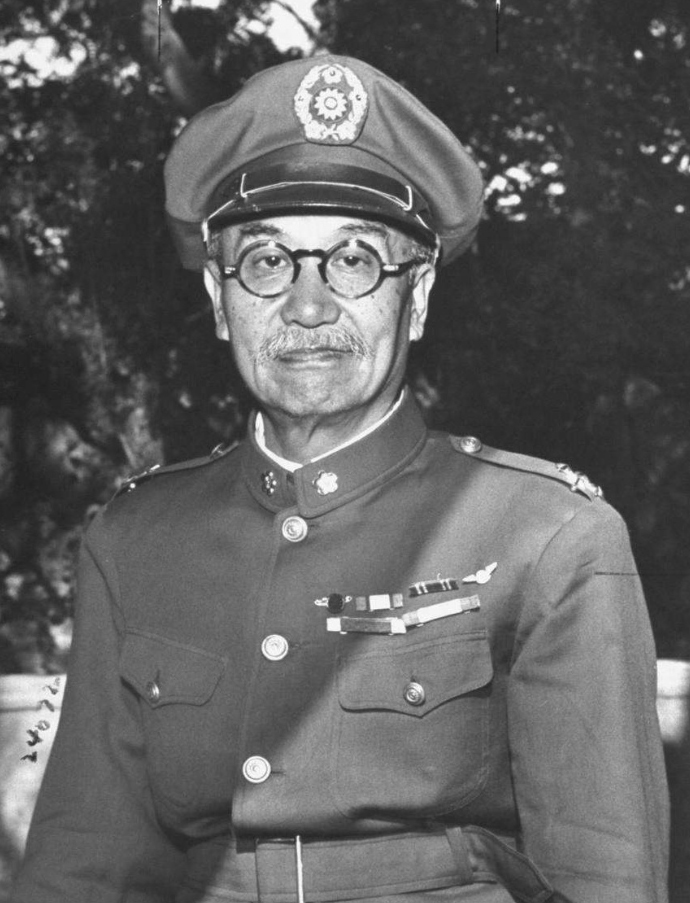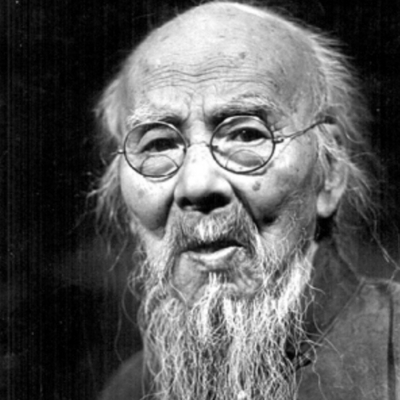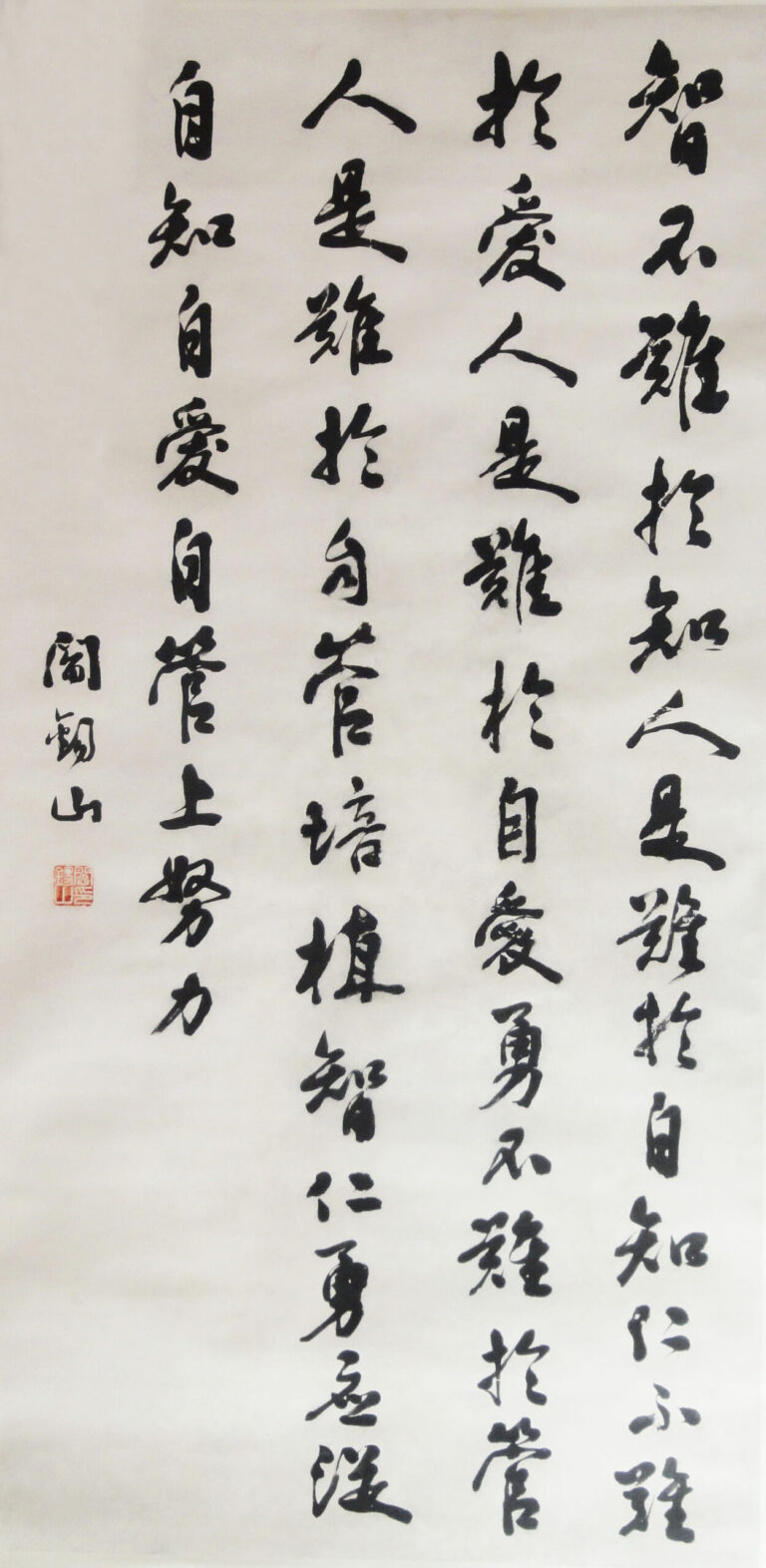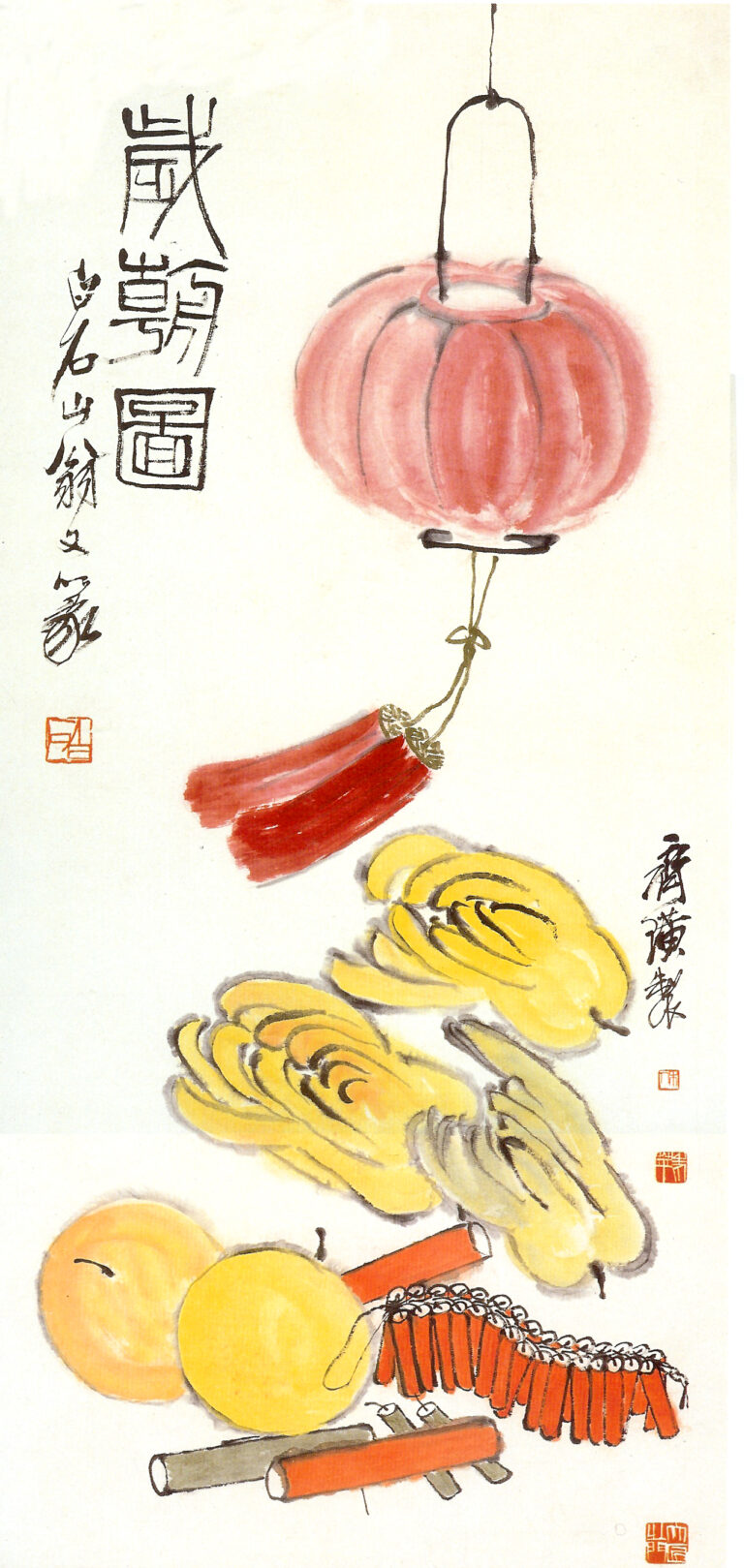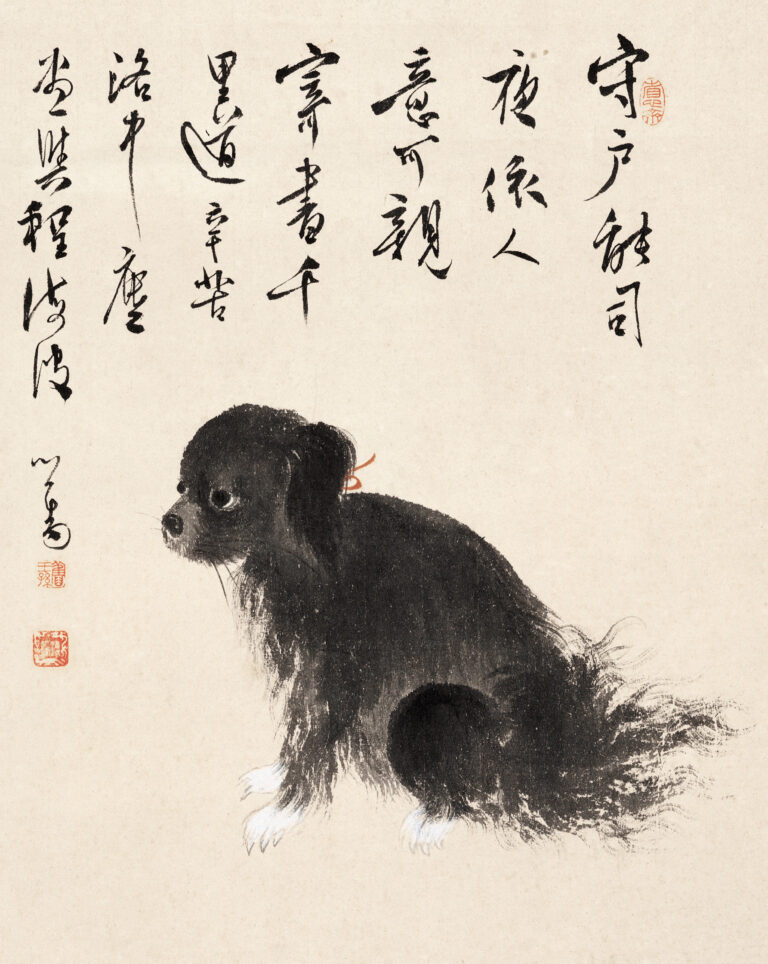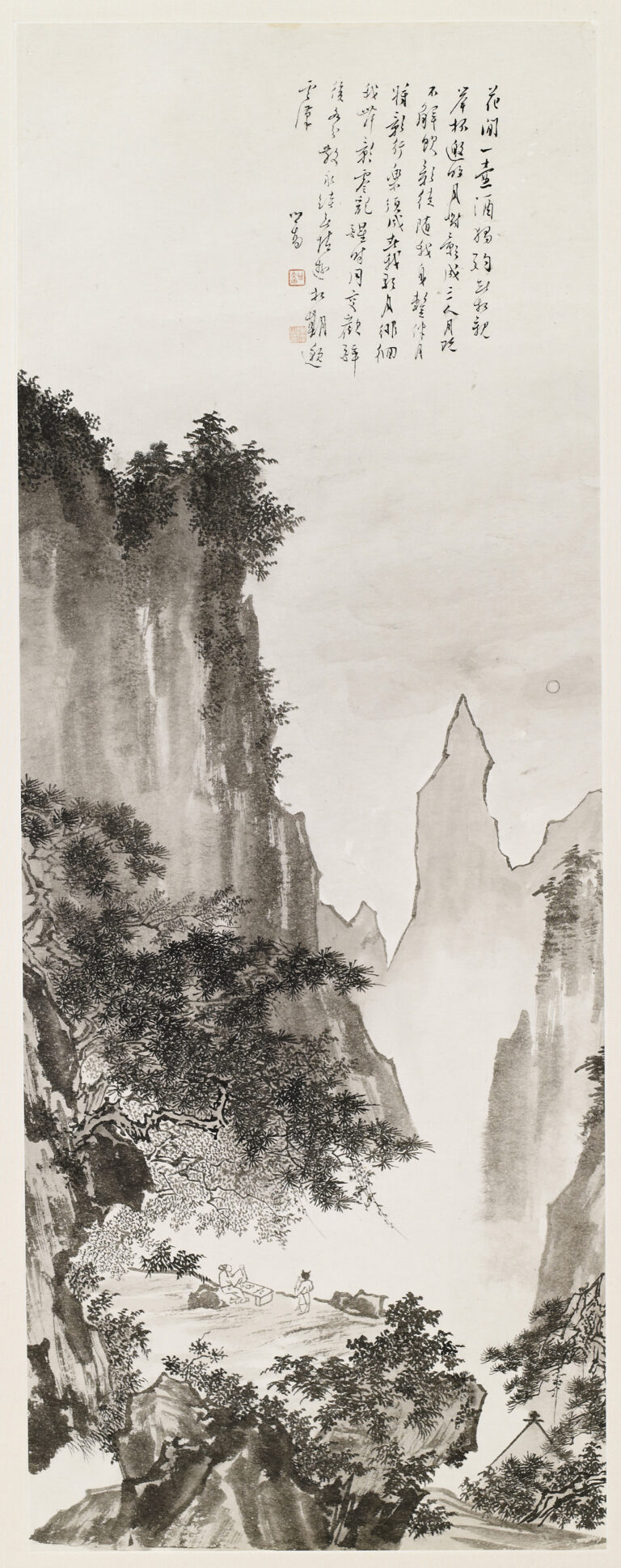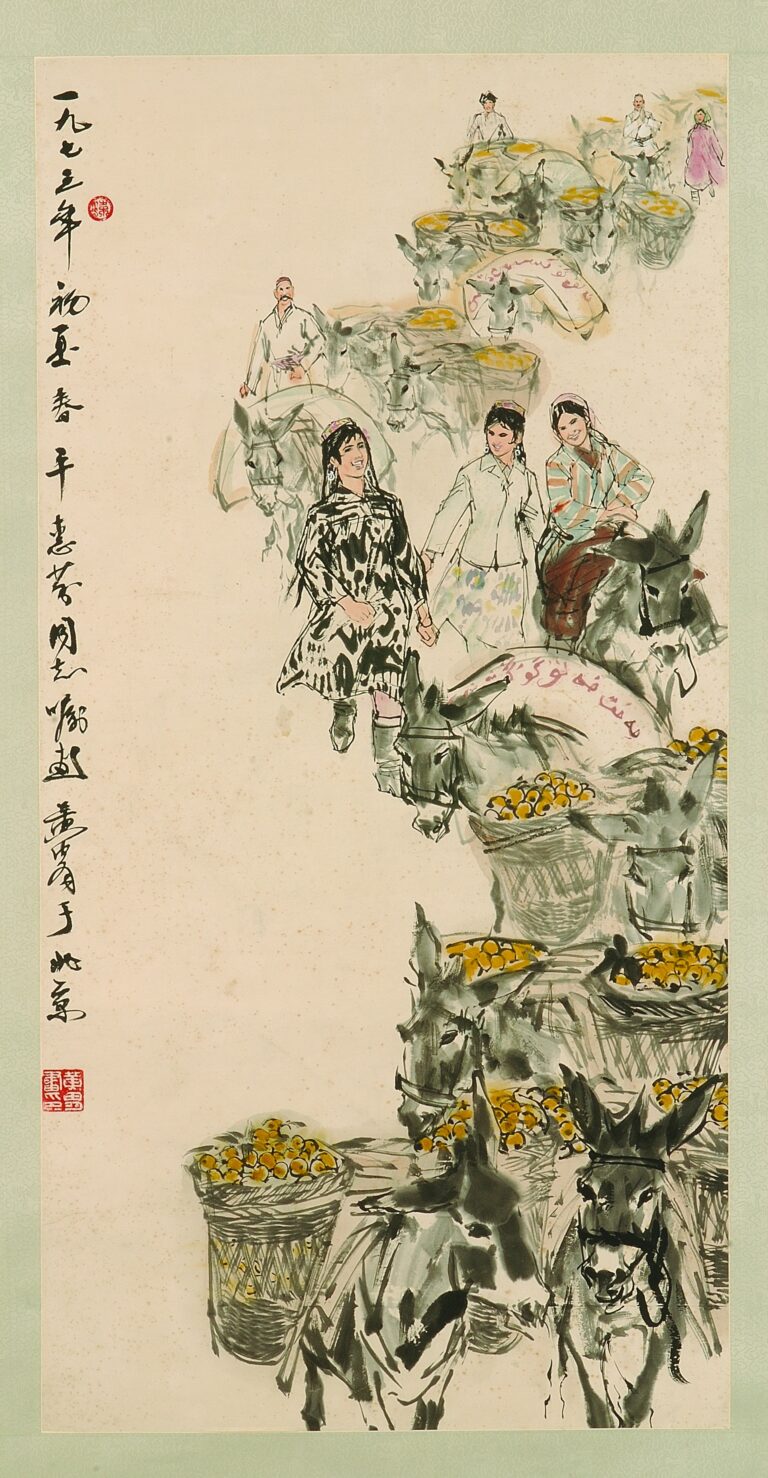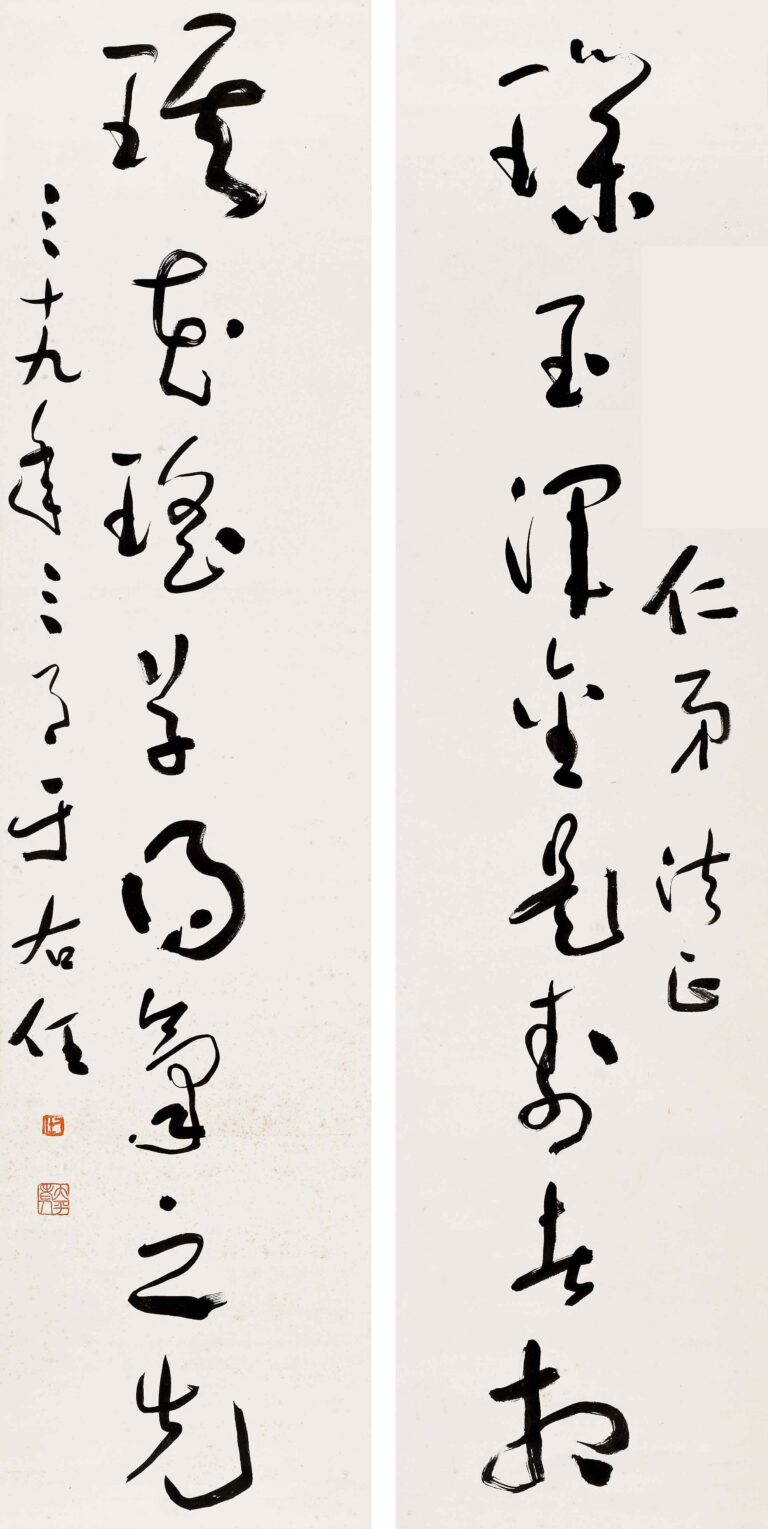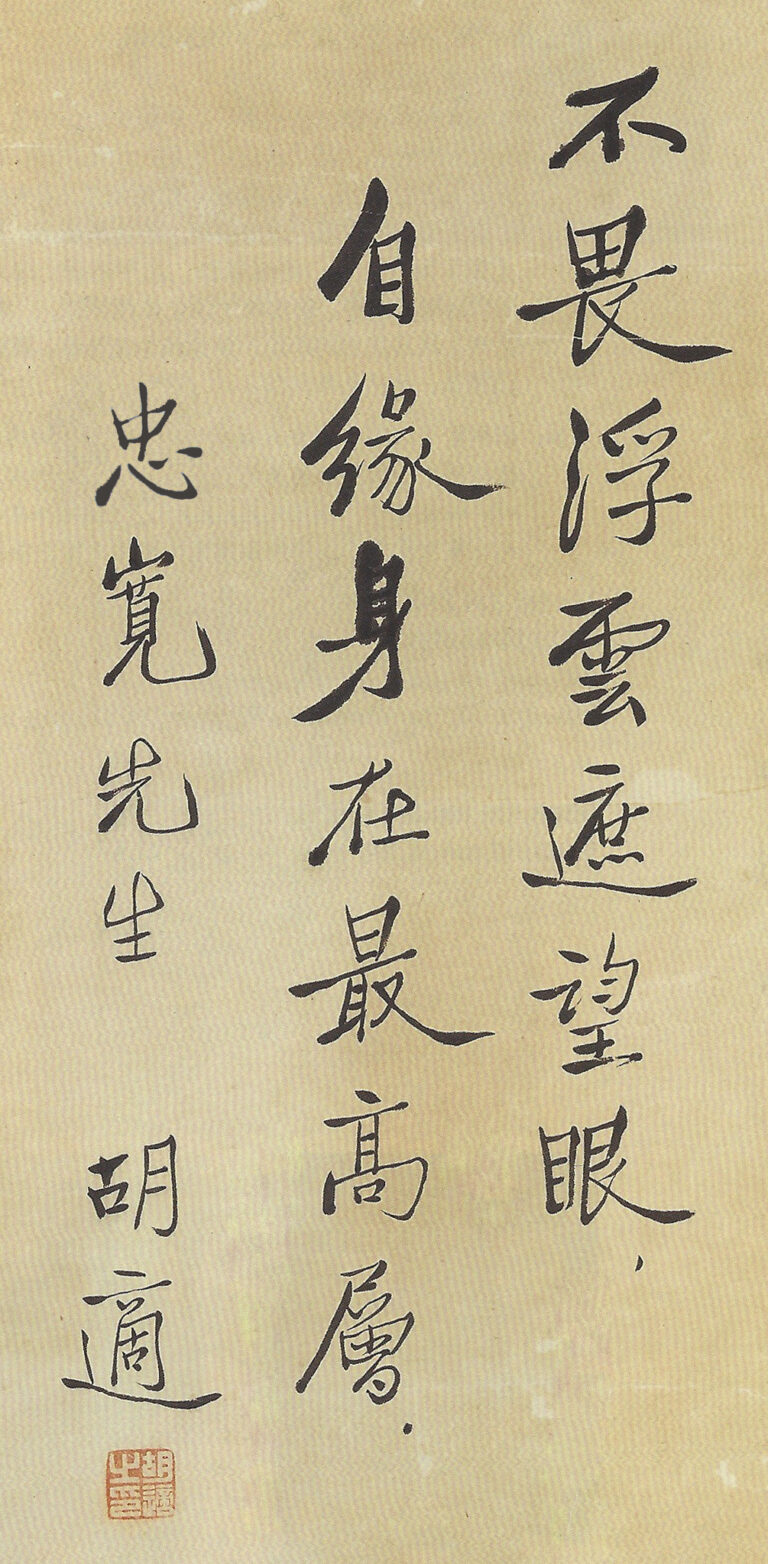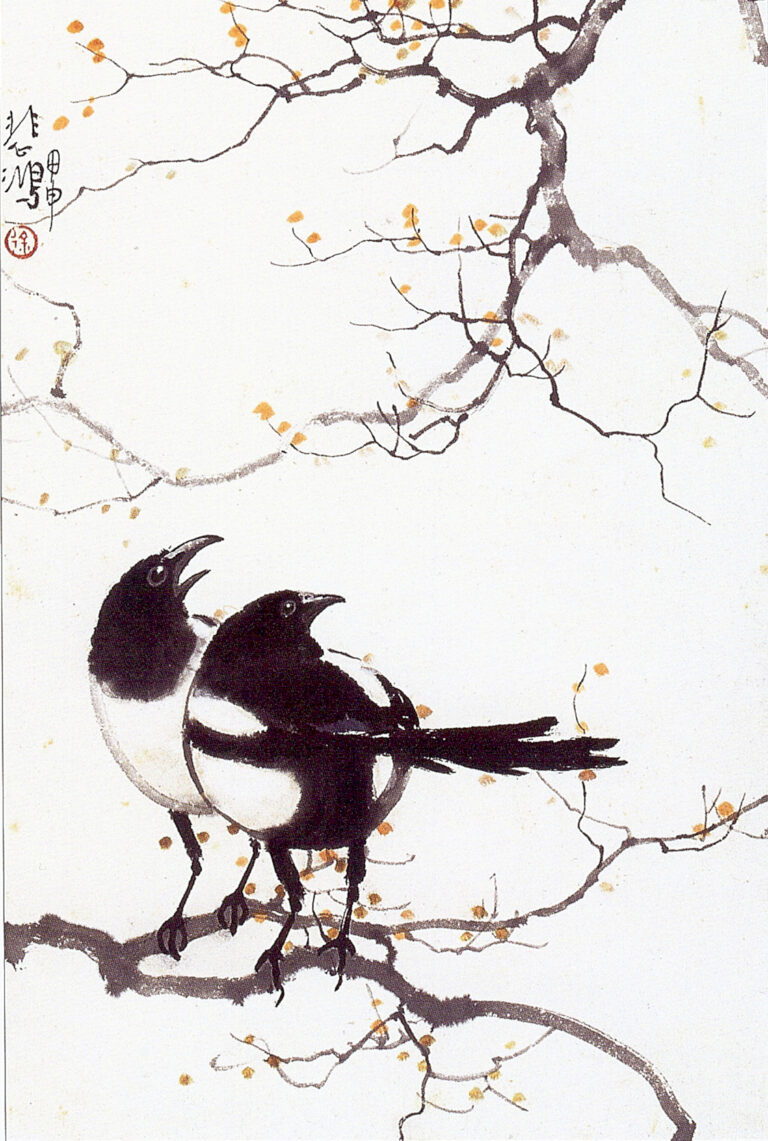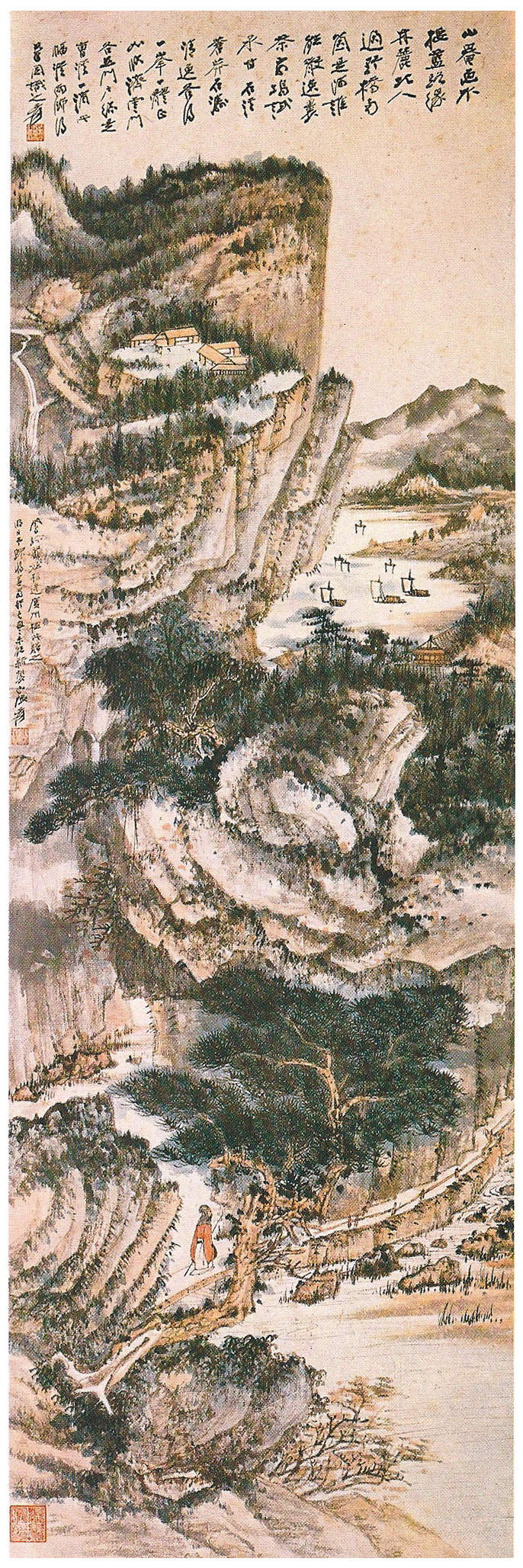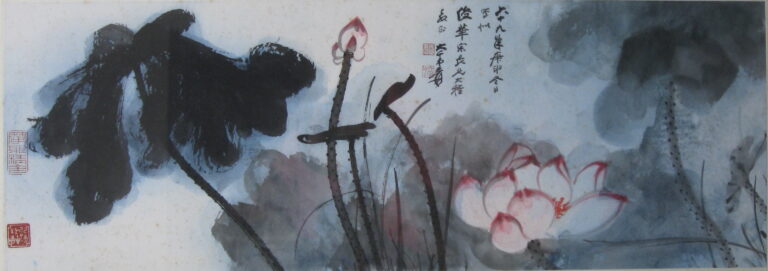1. The Home of Books: Early Growth and Literary Enthusiasm
Liang Shiqiu (1902-1987), formerly known as Zhihua, character Shiqiu, number Junmo, pen name Zijia, Qiulang, Cheng Shu, Greek, etc., was born in a Shuxiang family in Beijing, ranking 4th, with 11 brothers and sisters in the same class. His ancestor Liang Zhishan served as an official in Guangdong and Guangxi; his father Liang Xianxi was a talented young man, proficient in Jinshi Elementary School, and had a rich collection of calligraphy and painting; his mother Shen Shunying was gentle and virtuous, and Liang Shiqiu spent a very warm childhood surrounded by maternal love when he was a baby. In his essay "Tired Horses, Nostalgic for the past, and Birds Thinking about their Hometown", he details the interesting things and childhood trends of his hometown, and shows the cultural atmosphere he has been exposed to since he was a child.
At the age of 14, he was admitted to the Secondary school of Tsinghua University (1915) and participated in the May Fourth Movement the following year, showing a precocious cultural consciousness. When he was 18 years old (1920), he founded the Novel Research Society and began to devote himself to literary creation and theoretical discussion. He communicated with famous masters such as Wen Yiduo and Zhu Xiang, determined to embark on the path of literature.
2. Studying in the United States: the Enlightenment of Rationalism
In 1923, he went to the United States to study, and successively entered Colorado A&M University and Harvard University to study English literature. After graduating from the English Department of the University of Colorado, he was recommended by the provost to enter the Harvard Institute. He studied under the thinker Irving Babbitt and was deeply influenced by his "humanism". Liang Shiqiu recalled that at this time, his view of literature changed from Romanticism to classicism, arguing that rationality and human nature should guide literary creation. In 1926, he wrote "The Romantic Trend of Chinese Literature", echoing the spirit of Bai Bide, criticizing the excessive romanticization of contemporary literature and art and the lack of rational discipline.
In 1934 (it should be 1926), he graduated and returned to China. He first taught at Nanjing Southeast University, and then went to Shanghai Crescent Bookstore as the editor-in-chief, building a literary high altar with Hu Shi, Xu Zhimo, Wen Yiduo and others. During this period, he published literary reviews such as "Romantic and Classical", opening the path of his critical style and art criticism.
3. Starting from the teaching forum: Peking University and "Yashe Sketch"
In 1927, at the invitation of Hu Shi, he went to Peking University and served as the director of the Department of Foreign Languages, working with scholars such as Zhu Guangqian and Zhou Zuoren. During this period, he wrote a collection of essays "Prejudice Collection", pointing out social and cultural deviations with sharp but gentle pen and ink.
After the outbreak of the War of Resistance, Liang Shiqiu went south to Chongqing to participate in the National Political Participation Association, and completed the origin of the name "Yashe" in 1940. In the beacon years, he began to publish the "Yashe Sketches" column in the "Weekly Review", and wrote short essays under the pen name "Zijia", each ~2000 words, scattered in Chongqing and Kunming journals. The subject matter of the article is ordinary (such as "haircut", "handshake", "bathing", "toothpick", etc.), but it can point out the resonance of human nature and the times with delicate views and humor, and is loved by readers.
The name of Yashe is as follows: Liang and his friends bought a house, close to farmland and bamboo forest, in a quiet environment, proposed "Yashe" as the name of the study, and personally wrote a plaque, representing an elegant and indifferent attitude to life.
4. The Years of the War of Resistance: the Spirit of Yashe and the Writing of the battlefield
With the invasion of the Japanese and social turmoil, Liang Shiqiu was at the forefront, but he comforted the times with pen and ink. Yashe's sketches, literary criticism, and social observation articles all show care for ordinary life and protection of cultural spirit. In the colonial life of Shancheng, Chongqing, he wrote the dialogue between "Yashe" and the literary world and became an important voice in the literature of the War of Resistance.
5. The Taipei Era: The Compilation Hall and Shakespeare's Grand Cause
After moving to Taiwan after the war, at the invitation of the Ministry of Education, he served as the acting director of the National Compilation Museum, and served as a professor of the English Department and Dean of the School of Literature of Taiwan Normal University (later Taiwan Normal University). For a total of 17 years from 1949 to 1975, he worked hard in Taiwan's education industry to cultivate a generation of English and literary talents.
At the same time, he spent 38 years translating the complete works of Shakespeare, and 37 plays were published in 1967; a three-volume collection of poems was published in 1968, and finally completed the translation of 40 complete works; from 1979 to 1984, he translated the history of British literature and selected English and American literature, laying the foundation for the study of Shakespeare and the study of English and American literature in the Chinese world.. He also planned the English-Chinese and Chinese-English dictionaries, which had a profound influence.
6. Literary Theory and Prose Creation
Liang Shiqiu has written extensively throughout his life, and is known for his three major fields of prose, literary criticism, and translation.:
- Prose works: "Yashe Sketch", "Sequel to Yashe Sketch", "Autumn Room Essays", "Huaiyuan Mengyi", etc., The articles are meaningful and subtle, and they write more about life's trivial matters, touching on deep humanistic meanings.
- Literary Criticism and Theory: "Romantic and Classical", "Literary Criticism", "Prejudice Collection", "The Art of Cursing" and other works, covering poetics, literary criticism, and social criticism, presenting their rational and humanistic spirit.
- Translated works: The Complete Works of Shakespeare, the main drama and Poetry Collection, "The Biography of Manan the Weavers", Brontë "Roaring Mountain" and many other masterpieces of English and American literature have established Chinese translation standards.
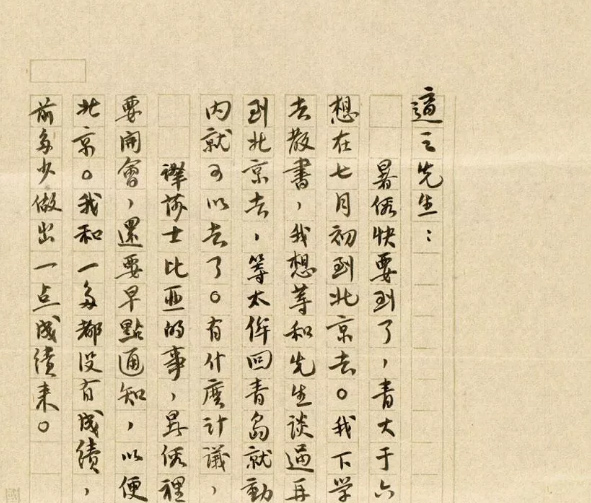
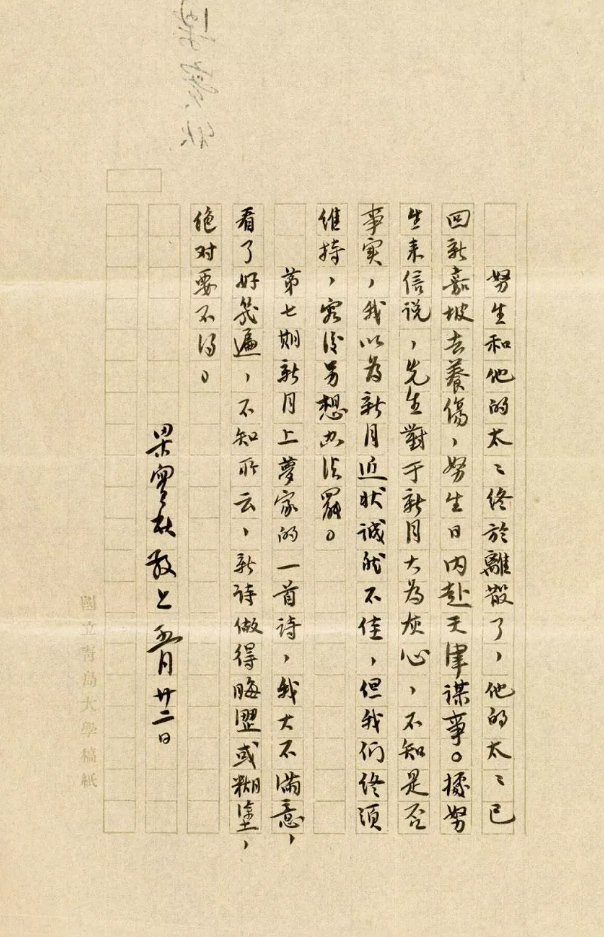
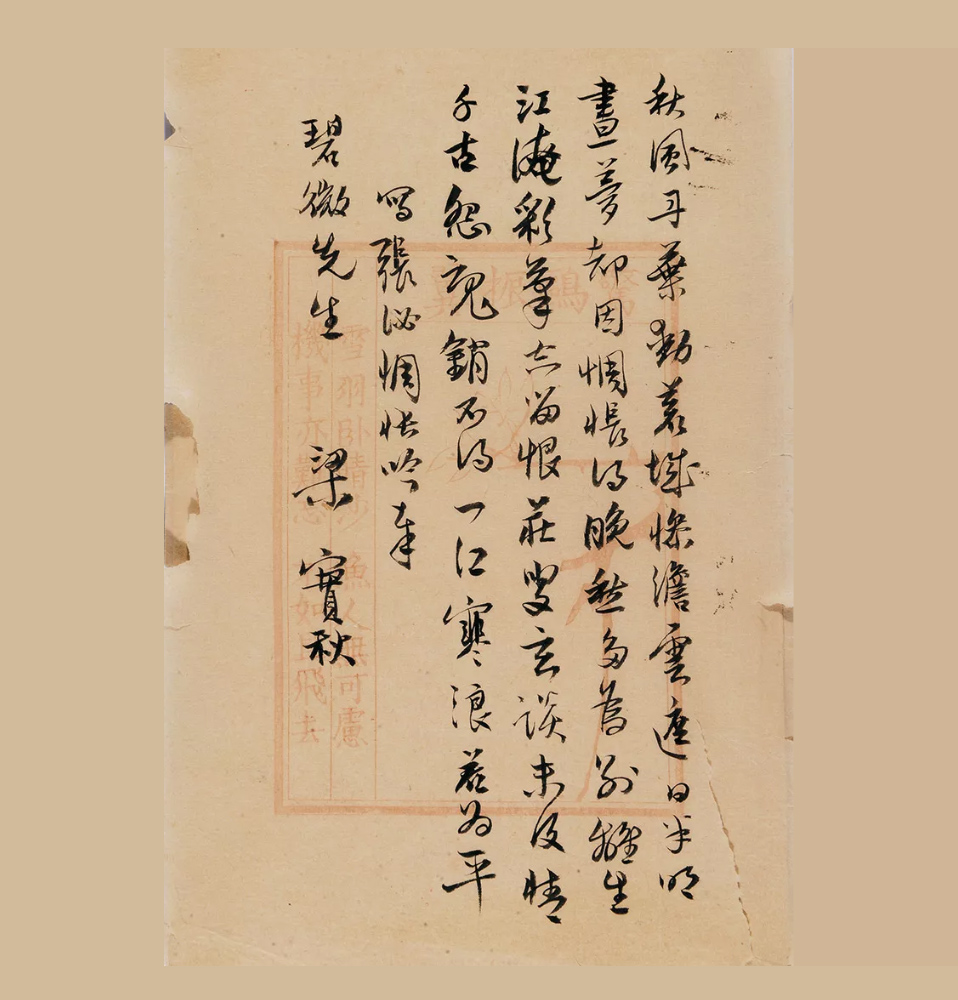
7. Humanistic spirit and teacher style
Liang Shiqiu not only has deep learning and cultivation, but also has the spirit of education and teaching ethics. He encouraged advancement and respected his talents. He and his predecessor Liang Qichao had also become friends of teachers and students. Literary criticism and writing recommendations are like Yu Guangzhong, making it into the literary world. He also attaches great importance to painting and calligraphy, seal carving, go and cooking, and is a model for all-round scholars.
In his later years, he lost his wife in the United States. His book "Huaiyuan Mengyi" expressed affectionate remembrance and mourned the death of a masterpiece of literature. He enjoys collecting books and paintings, loves sweets, and quit sugar in his later years, but occasionally steals food, which is typical of his whimsical nature.
8. Artistic attainments and anecdotes about painting and calligraphy
- He especially loves Wang Xizhi, and he has studied calligraphy, seal carving, landscape, and plum blossoms. He is versatile and dabbles in them all.
- He is good at go, with fierce wins and losses, and a strong style of chess.
- He has a good appetite and suffers from diabetes in his later years, but it is still difficult to quit sweetness.
- He once matched his wife Cheng Jishu as a model woman. The couple had a deep relationship. Due to the death of his wife in an accident, Liang's grief was excessive and he created a collection of essays to send condolences.
9. Influence and honor
Liang Shiqiu plays an important role in the history of modern Chinese literature and translation:
- The first in China to translate the complete works of Shakespeare into Chinese and establish a complete framework for drama and poetry.
- During the war, he used prose to maintain the cultural spirit and was rated as the "needle of the literary world".
- Advocate a unified literary view of rationality, discipline and human nature, and influence the direction of Chinese modernism and classicism writing.
- The fields of teaching, translation, and publishing have all made great contributions, and they are an important bridge for the cultural continuity between China and Taiwan across eras.
10. Conclusion
Liang Shiqiu never forgets "Yashe": an elegant and quiet mountain residence, a kind of spiritual temperature for writing ordinary and caring for life. From a teenager in Beijing to an American scholar, a literati in the Chongqing battlefield, and an elder in the Taiwanese literary scene, he has used pen and ink to write the torrent of the times throughout his life, resonating the cultural soul with reason and human nature.
The total number of his prose, translation, and commentary works exceeds 20 million words, and his representative works span art and academia. He advocates the compatibility of reason and humanities, advocates classical discipline and modern freedom, and believes in this, and is known in the literary world for its “historical quantity”, “human reason” and “elegant interest”.
Liang Shiqiu's literary journey is a cultural path of "both reason and emotion"; his mission of education and translation is to integrate Chinese and Western literature into the Chinese world; the spirit of "Yashe" continues to this day and is still our cultural totem of tribute and reflection.
Invitation from Dehuatang
If you have Mr. Liang Shiqiu's manuscripts, letters, Yashe manuscripts and other quintessential collections in your collection, please feel free to contact us. We provide professional identification, high-priced acquisition and permanent storage solutions to jointly inherit the cultural heritage and spiritual elegance of this cross-era literary family.
Portfolio



